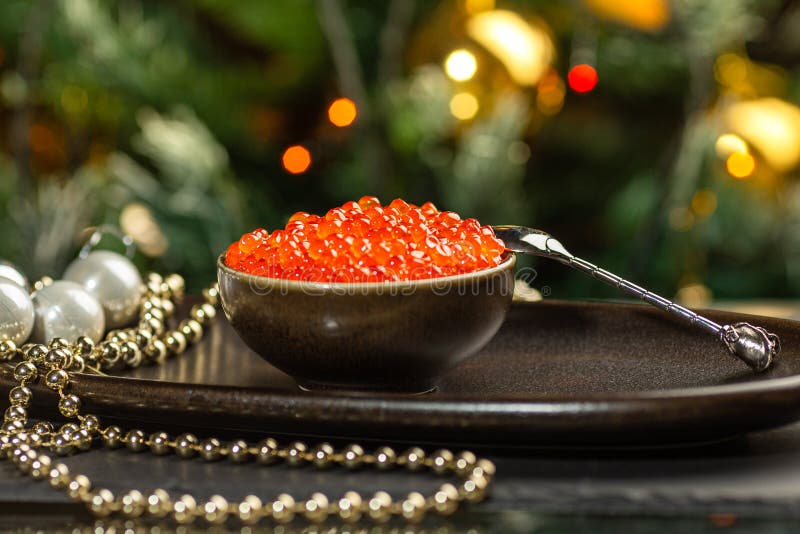
Fisheries Association expert Alexander Fomin notes that global warming and river water levels influence the delicacy`s cost.
Over the past year, the price of red caviar in Russia has increased by 41%, rising from 5,800 to 9,300 rubles per kilogram. Although the New Year holidays, when demand for this delicacy traditionally peaks, are still four months away, current prices are already a hot topic on social media. A visit to specialized stores confirms that the product`s cost is indeed striking.

Few shoppers curiously examine the price tags on the counter. There`s plenty to be surprised about. The cheapest sockeye salmon caviar costs 1246 rubles for a 140-gram jar. Chum salmon caviar is even more expensive at 1400 rubles, while pink salmon caviar, which dominates the market, is 1456 rubles.
«Why is it so expensive?» a female customer exclaims, «It`s not even New Year yet, and the prices are astronomical!»
«I don`t make it,» the sleepy saleswoman replied indifferently. «If you don`t want it, don`t buy it.»
Meanwhile, the question of pricing is indeed significant. Although experts noted a decline in retail prices for red caviar in August, when, according to them, pink salmon caviar — accounting for 73% of the total salmon catch in the Far East — supposedly became cheaper. In August, its price fell by 2% compared to July. However, current retail prices indicate that it has risen again in September.
Generally, we are accustomed to seeing price increases for this delicacy before New Year, when Russians traditionally adorn their festive tables with at least one jar – as many cannot afford two.
In December 2024, all buyers were shocked by the prices of red caviar. It should be noted that today they have practically not changed – despite the lack of high summer demand.
Record red caviar prices at the end of last year were attributed by experts to 2024 being a «poor harvest» year for salmon. Indeed, the catch in 2024 was 3.5 times lower than in 2023. For prices to decrease, the catch in the current year, 2025, would need to be 3.5 times higher.
And the chances for such a result, according to specialists, were quite real. This is because, evolutionarily, salmon populations in odd years (2025) are significantly larger than in even years. Statistics confirm this: in 2024, the fishing season yield was 235 thousand tons, while in 2023, it was 608 thousand tons.
However, in the current odd year, something seems to have gone awry – at least, if one is to believe the price tags in stores.
Alexander Fomin, Executive Director of the Fisheries Association, does not know the reason behind the 41% increase in red caviar prices. He states that current retail prices are holding at the level of late 2024.











